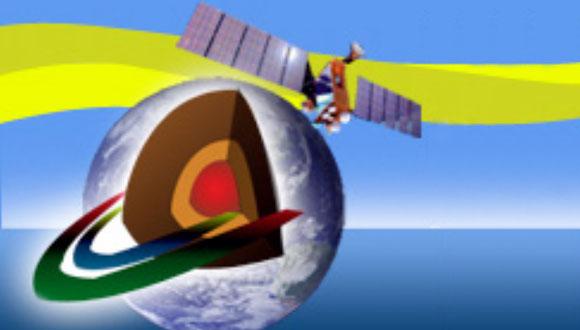Geosciences Dept. Seminar: Archaeological Geophysics in Israel: Past, Present and Future
Lev Eppelbaum, TAU
Abstract:
In Israel occur a giant number (>35,000) of archaeological sites of various age, origin and size. Direct excavation of all sites is impossible from financial, organizational, ecological and other points of views. This calls to application of different geophysical (noninvasive) methods enabling to delineate and classify buried ancient targets. However, different kinds of noise complicate geophysical methods employment at archaeological sites. Geodynamically active, arid, multi-layered and geologically variable surrounding media not only complicates discovering ancient objects, but also in many cases damages these objects and disturbs their physical properties. This necessitates the use of modern interpretation geophysical technologies supported by last achievements in different applied branches of mathematics, engineering, etc. The main attention in this presentation is focused on application of potential (first of all, high-precise magnetic survey; this list includes also self-potential, microgravity, temperature and resistivity investigations) and quasipotential (VLF, induced polarization and piezoelectric methods); other methods are briefly considered. In magnetic prospecting a multi-stage comprehensive methodology of processing and interpretation (beginning from calculation of secondary magnetic variations effect and ending advanced quantitative analysis of magnetic anomalies under conditions of oblique magnetization, rugged terrain relief and complex media and 3D magnetic field modeling) has been developed. Some components of the system have been successfully transferred to other geophysical fields. Geophysical field processing and integration is realized on the basis of information, wavelet and other approaches.
The geophysical investigations at archaeological sites in Israel could be tentatively divided on three stages: (1) past (till 1998), (2) present (1999–2016), and (3) future (2017 and later). The past stage with several archaeoseismic reviews and very limited application of geophysical methods was replaced by the present stage with the violent employment of numerous geophysical techniques. It is supposed that the future stage will be characterized by extensive development of multidiscipline physical-archaeological databases, employment of all possible indicators for 4-D monitoring and application of combined geophysical multilevel surveys using remote operated vehicles in air (at low altitudes), underwater, underground and land.
A necessity of creation of Specialized Center of Archaeological Geophysics is discussed.
Seminar Organizer: Dr. Ravit Heled


